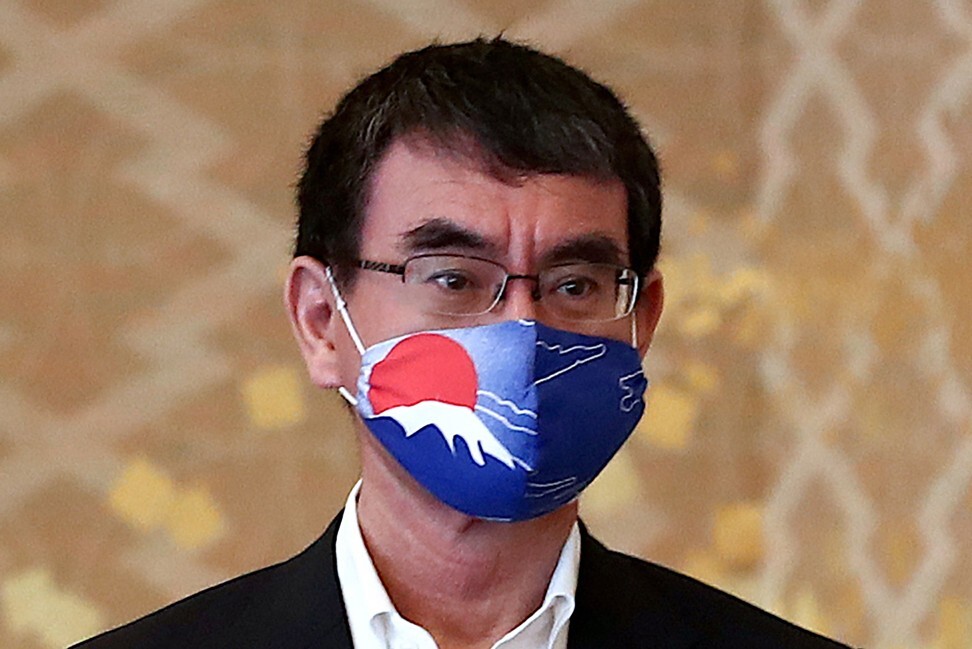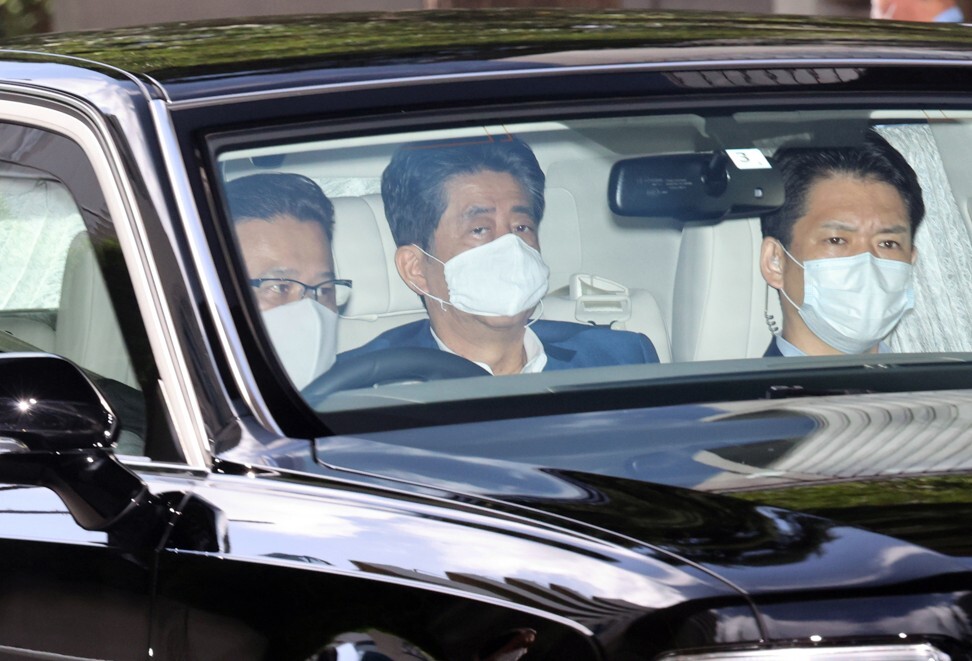
Shinzo Abe’s resignation: who might become Japan’s next PM?
- The Liberal Democratic Party will hold an election to replace Abe as its president, followed by a vote in parliament to elect a new prime minister
- Likely contenders include Abe’s close aide Fumio Kishida, foreign minister Toshimitsu Motegi, and Abe critic Shigeru Ishiba

The abrupt news that Japan’s longest-serving prime minister, Shinzo Abe, has resigned over a worsening health condition, set off a flurry of attention on Friday over the path ahead for the world’s third-biggest economy.
His resignation will trigger an election in his Liberal Democratic Party (LDP) to replace him as its president, followed by a vote in parliament to elect a new prime minister.
The new party president is virtually assured the premiership, since the party has a majority in parliament’s lower house.
Usually, the party must announce the election for its leader a month in advance, and its MPs vote along with grass roots members.
In case of a sudden resignation, however, an extraordinary vote must be called “at the soonest date possible” with participants narrowed to MPs and representatives of the party’s local chapters.
Without a clear consensus on who should succeed Abe, LDP lawmakers could elect Taro Aso, the finance minister and also deputy prime minister, as a temporary leader. Aso on Saturday indicated that he would not stand.
Here are details of some likely contenders to take the helm.
Shigeru Ishiba
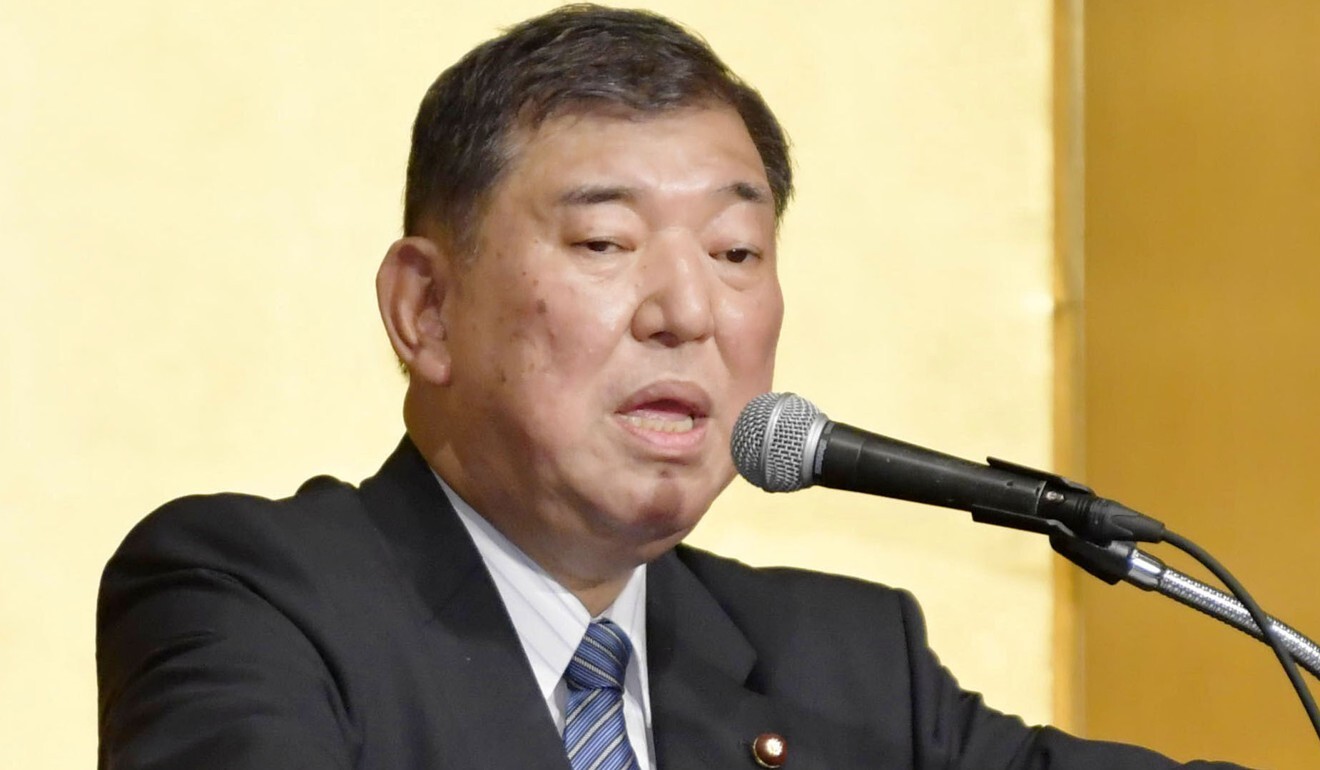
A hawkish former defence minister and rare LDP critic of Abe, Ishiba, 63, regularly tops surveys of lawmakers whom voters want to see as the next premier, but is less popular with the party’s lawmakers.
The soft-spoken security maven has also held portfolios for agriculture and reviving local economies. Ishiba held a meeting of his LDP faction on Friday and indicated he would enter the race, with an announcement expected early next week.
He defeated Abe in the first round of a party presidential election in 2012, thanks to strong grass roots support, but lost in the second round when only MPs could vote. In a 2018 party leadership poll, Ishiba lost heavily to Abe.
He has criticised the Bank of Japan’s ultra-low interest rates for hurting regional banks and called for higher public works spending to remedy growing inequality.
Fumio Kishida
Kishida, 63, served as foreign minister under Abe from 2012 to 2017, but diplomacy remained mainly in the prime minister’s grip.
The low-key lawmaker from Hiroshima has been widely seen as Abe’s preferred successor but ranks low in voter surveys.
Kishida seemed caught off guard by Abe’s announcement. The news broke while he was meeting supporters in eastern Japan. “I want to confirm the facts,” he said, rushing back for a Tokyo-bound train, when asked by reporters for his reaction. Later, in Tokyo, he said he would run for party leader.
Kishida hails from one of the party’s more dovish factions and is seen as less keen on revising the pacifist post-war constitution than Abe, for whom it was a cherished goal.
The BOJ’s hyper-easy monetary policy “cannot go on forever,” Kishida has said.
Taro Kono
Defence Minister Taro Kono, 56, has a reputation as a maverick but has toed the line on key Abe policies, including a stern stance in a feud with South Korea over wartime history.
Educated at Georgetown University and a fluent English speaker, he previously served as foreign minister and minister for administrative reform.
He has differentiated his conservative stances from those of his father, former chief cabinet secretary Yohei Kono, who authored a landmark 1993 apology to “comfort women”, a euphemism for women forced to work in Japan’s wartime military brothels.
Yoshihide Suga

Suga, 71, a self-made politician and loyal lieutenant since Abe’s troubled term as premier in 2006 and 2007, was among a band of allies who pushed Abe to run again for the top post in 2012.
Back in office, Abe tapped Suga as chief cabinet secretary, a pivotal role that includes acting as top government spokesman, coordinating policies and keeping bureaucrats in line.
Talk of Suga as a contender bubbled up in April 2019 after he unveiled the new imperial era name, “Reiwa”, for use on Japanese calendars after the enthronement of the new emperor.
Although he has so far publicly denied interest in being prime minister, Suga went on a publicity blitz in the week before Abe’s resignation, giving interviews to at least four major media organizations.
Suga’s clout was dented by scandals that toppled two cabinet ministers close to him last October.
Shinjiro Koizumi
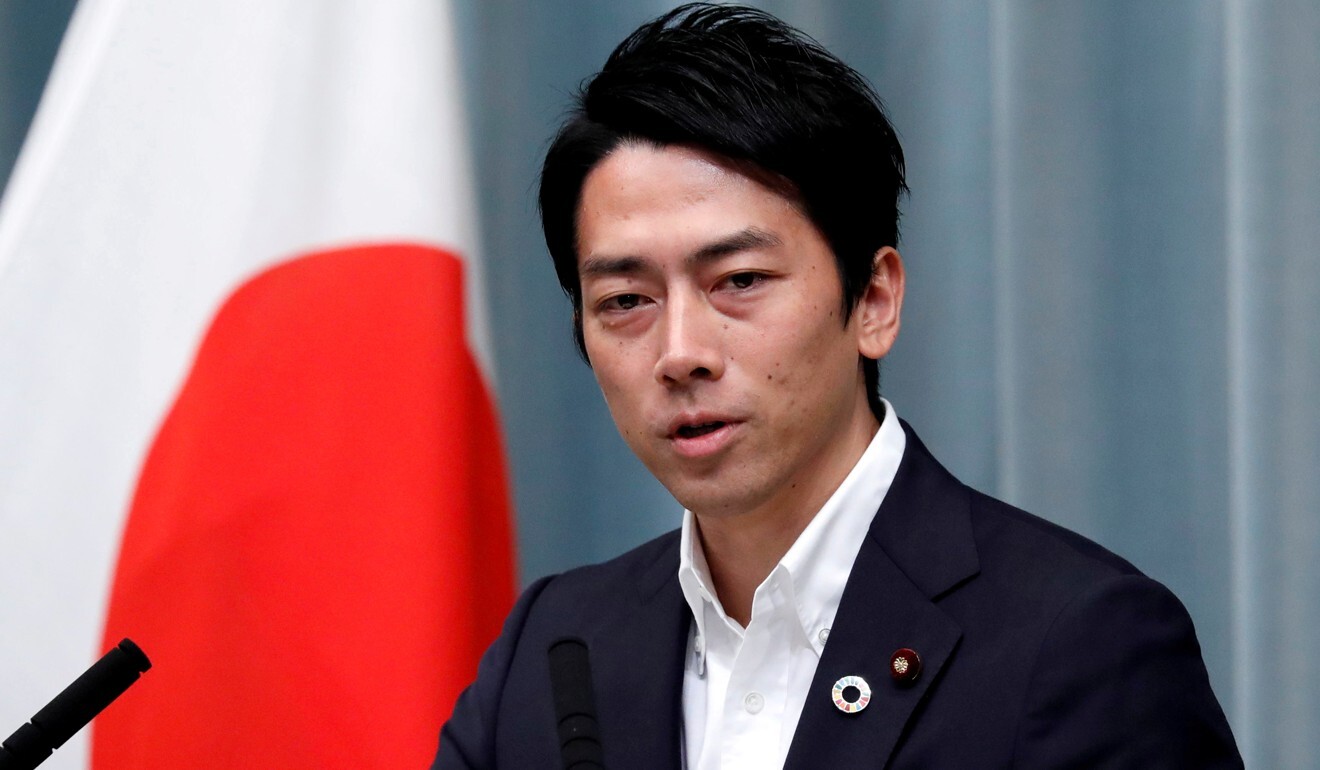
The name of Shinjiro Koizumi, 39, now environment minister and the son of charismatic former premier Junichiro Koizumi, is often floated as a future premier, but many consider him too young.
He shares some of Abe’s conservative views and has paid his respects at Tokyo’s controversial Yasukuni Shrine for war dead.
Koizumi has projected a reforming image on the basis of efforts to cut Japan’s backing for coal, the dirtiest fossil fuel, but has typically taken care not to offend party elders.
Toshimitsu Motegi
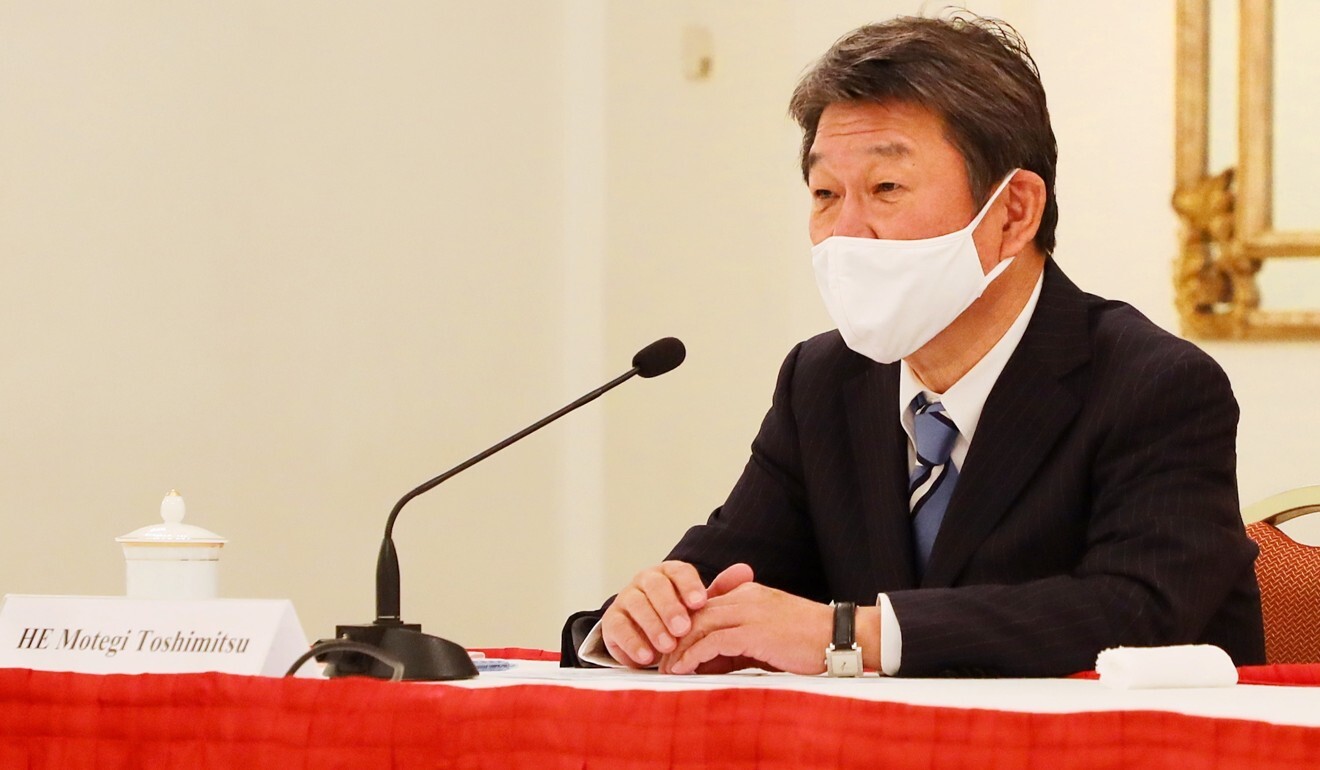
Currently foreign minister, Motegi, 64, previously served as economy minister, facing off with US Trade Representative Robert Lighthizer in tough negotiations.
He also served as trade minister post under Abe when the latter returned to power in 2012, tackling talks on the Trans-Pacific Partnership free trade pact.
Educated at the University of Tokyo and Harvard, Motegi was first elected to the lower house in 1993 from the then-opposition Japan New Party and joined the LDP in 1995.
Katsunobu Kato, Yasutoshi Nishimura

As health minister, Kato, 64, was in the limelight in the early days of Japan’s coronavirus outbreak but then Economy Minister Yasutoshi Nishimura, 57, a former trade official, emerged as point person on virus policy.
In 2015, Kato, a father of four, was handed the portfolio for boosting Japan’s rock-bottom birth rate, a task that met little success. He is a former official of the finance ministry.
Seiko Noda
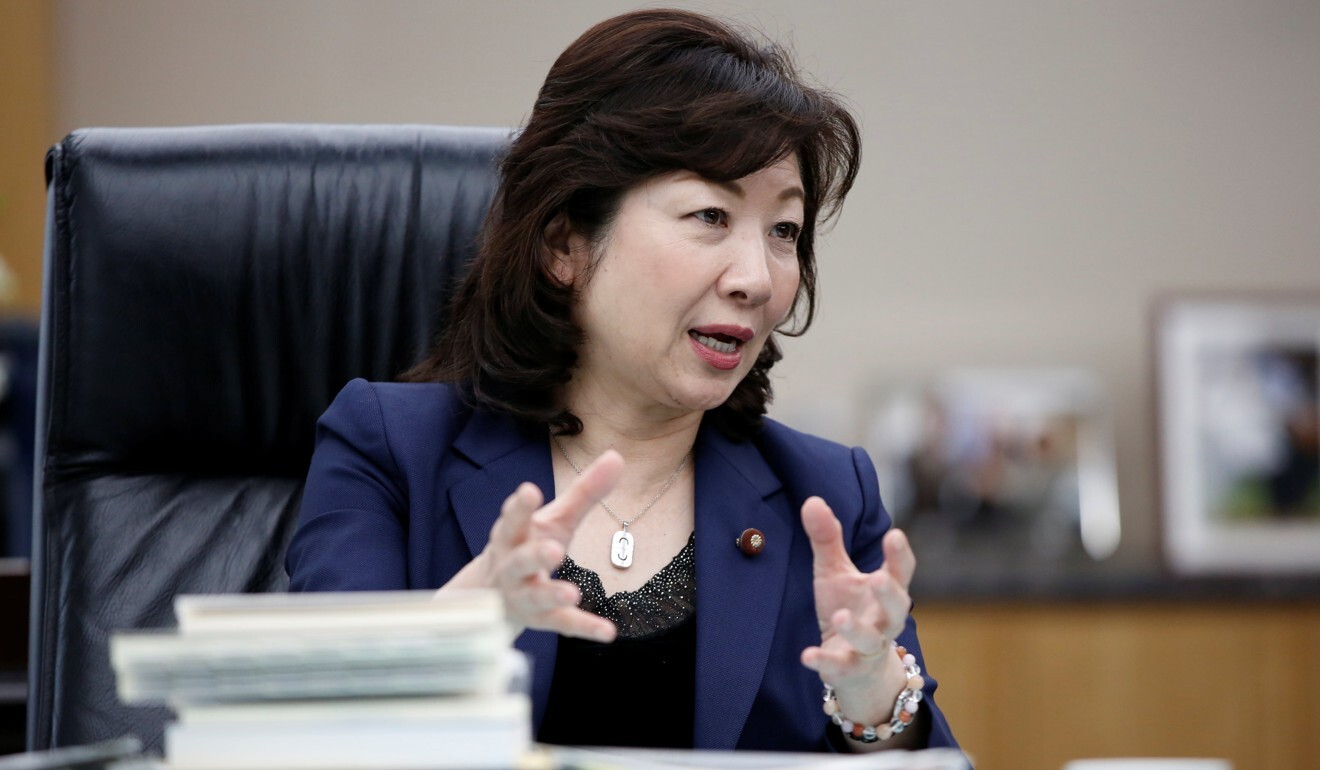
Noda, 59, has made no secret of her desire to become Japan’s first female premier.
An Abe critic, the former internal affairs minister, who also held the portfolio for women’s empowerment, fell short of backing to join the race for party leader in 2018.

